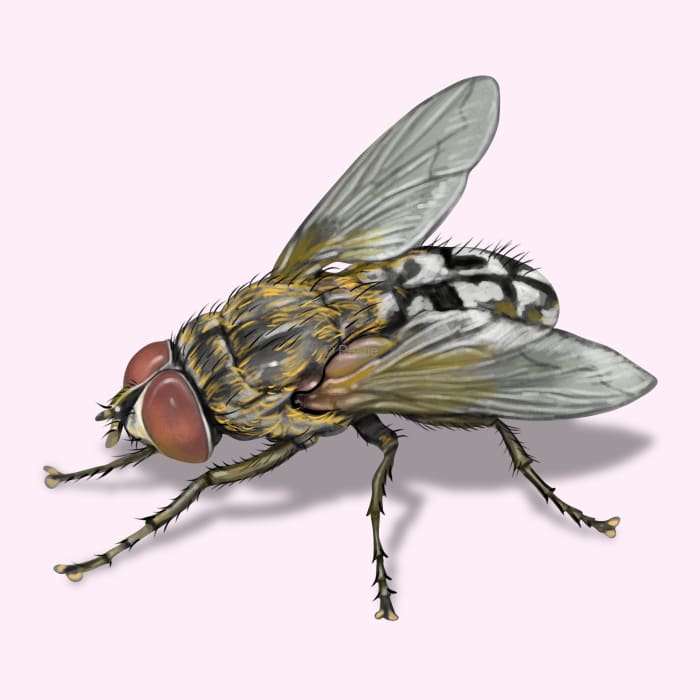How to identify and get rid of cluster flies

Cluster fly infestations: the guests that won’t go away
When flies aggregate together in a single area, it’s usually a sign that something is dead, rotting, or smelly. But with cluster flies, it’s a different story.
Unlike blow flies, house flies, or flesh flies, cluster flies that are crowding your windows or attic aren’t looking for their next meal, they’re just trying to find a warm place for the winter. These large dark flies tend to show up inside your home around late fall and into early spring and are often found in attics. As temperatures warm up, they become more active and “apparent” to the homeowner.
However, you can rest assured that cluster flies aren’t filthy pests that are crawling around a dead animal or rotting food. Female cluster flies lay their eggs in dirt, where the maggots develop as a parasite inside earthworms. So, if you have a lot of cluster flies hanging out in your home, then it’s probably a good sign of healthy soil nearby.
How to identify cluster flies
These large, gray flies have several markings that make them easier to identify than other fly pests. They have large red eyes with gray and black stripes on their thorax or the area right behind the head. They will also have golden hairs on the thorax.
Cluster flies are also identified by a checkered pattern on their abdomen with several black hairs that stick out from their end.
How big are cluster flies?
Cluster flies are only ¼ to 2/5 inch in length. They are larger than common house flies.
What other flies look like a cluster fly?
Cluster flies look remarkably similar to other common flies, including house flies, flesh flies, blow flies, and face flies.
The biggest difference in distinguishing cluster flies from these other flies is their sluggish movement, larger size, and golden hairs on their thorax.
Where do cluster flies live?
These flies are found throughout the United States. Their natural habitat includes fields and open areas. During the colder months, they will overwinter in holes in trees, loose bark, or other crevices and cracks.
They have developed a close association with humans and gather on the warm and sunny sides of homes during late summer and early fall. They will squeeze through cracks and gaps in siding, windows, doors, A/C vents, or screened vents.
How to get rid of cluster flies
While cluster flies don’t cause any damage or carry any diseases, their tendency to congregate near windows and in attics can make them a nuisance.
Prevention is the best way to keep cluster flies out of your home. That includes:
- Sealing gaps and cracks
- Weatherstripping doors and windows
- Screening vents
- Repairing loose siding
You can use exterior sprays on the sunny side of your home. Pestie offers a pro-grade, DIY solution that can keep cluster flies from coming inside your home.
Treat cluster flies with Pestie
If you're still having trouble keeping cluster flies away, the best option is to use a pro-grade, effective pest control solution like Pestie.
Pestie is a do-it-yourself pest control solution that's specially designed to keep cluster flies and other pests away from your home.
With Pestie, you can rest easy knowing that your living space is protected and free of creepy crawlies. And the best part? It's designed for people, pets, and the planet, so you can say goodbye to harsh chemicals and hello to peace of mind!
- Save hundreds compared to traditional annual pest plans
- People, pet, and planet-friendly
- Pro-grade customized formulas
Quick facts
- Scientific name
Genus: Pollenia
- Other common names
Grass Flies, Attic Flies
- Colors
Gray and black, checkered pattern
- Life span
1-3 months
- Diet
Earthworms
How dangerous are Cluster Flies?
Low danger risk
Even though cluster flies have a close association with humans, they don’t cause any harm to humans, pets, or your property. Look out if you’re an earthworm though!








